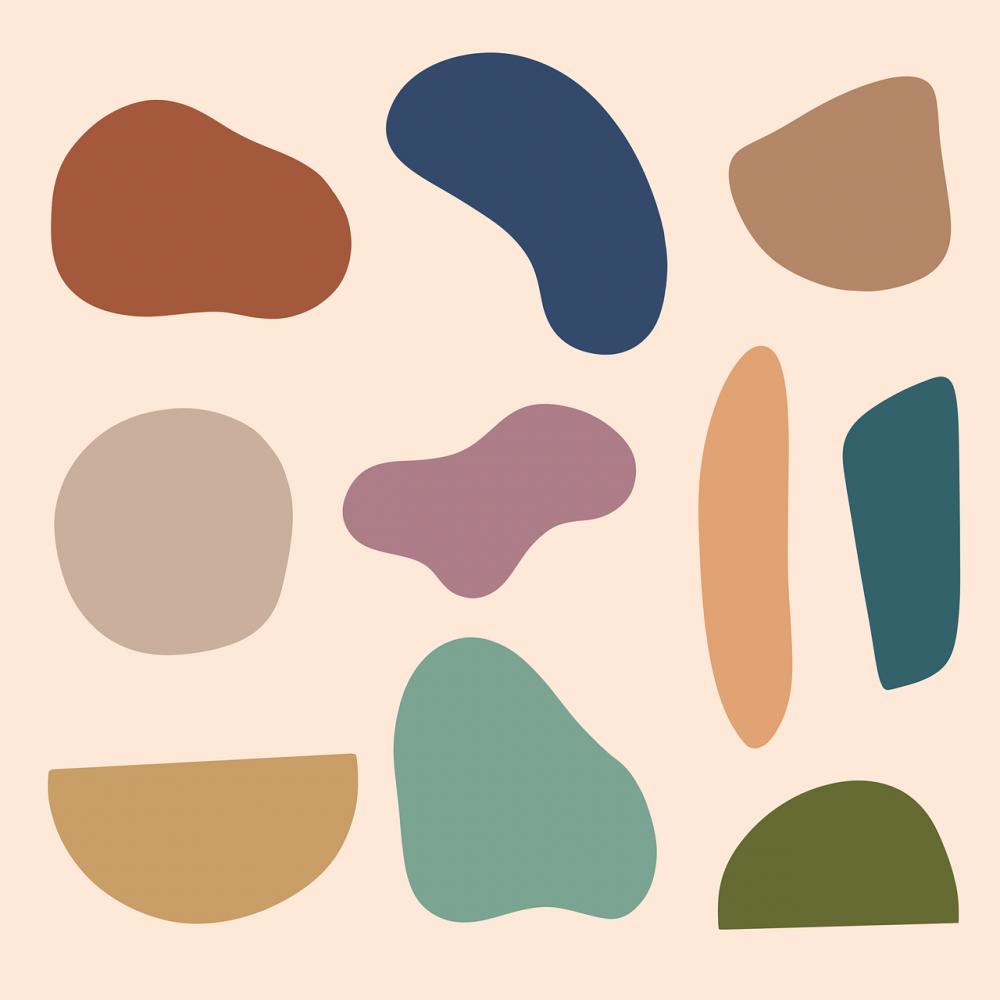Scandinavian Design: A Comprehensive Overview

Introduction
Scandinavian design has gained worldwide recognition for its minimalistic, functional, and timeless approach to aesthetics. With a focus on simplicity, clean lines, and high-quality craftsmanship, Scandinavian design has become synonymous with modernism and effortless elegance. In this article, we will provide a thorough exploration of what Scandinavian design entails, the various types of Scandinavian design, its popularity, quantitative measurements, differences between Scandinavian designs, and a historical overview of its advantages and disadvantages.
A Comprehensive Presentation of Scandinavian Design

Scandinavian design is an umbrella term that encompasses a wide range of disciplines, including architecture, furniture, textiles, graphics, and industrial design. It emerged in the early 20th century as a response to the rapid industrialization and mass production occurring in Europe. As a result, Scandinavian designers sought to create products that were functional, accessible, and aesthetically pleasing.
There are several characteristics commonly associated with Scandinavian design. First and foremost, it prioritizes simplicity and minimalism. Clean lines, understated elegance, and uncluttered spaces are key elements of this design philosophy. Secondly, functionality plays a pivotal role. Scandinavian designers aim to create products that are practical and serve a purpose in people’s lives. Thirdly, natural materials are highly valued, such as wood, leather, and textiles. These materials add warmth, texture, and a connection to nature to the designs.
In terms of specific types of Scandinavian design, there are numerous subcategories that have gained popularity over the years. Nordic design, Danish design, and Swedish design are prominent examples. Each of these styles has its own unique characteristics and influences, although there is considerable overlap between them. For instance, Danish design often focuses on organic and sculptural forms, while Swedish design tends to emphasize light and open spaces.
Quantitative Measurements in Scandinavian Design
When it comes to quantifying Scandinavian design, there are various aspects that can be examined. For instance, market trends, sales figures, and consumer preferences can provide insights into the popularity and demand for Scandinavian design products. Additionally, surveys and studies can gauge the perception and satisfaction levels among consumers who have purchased Scandinavian design items.
One quantitative measurement that stands out is the international recognition and success of Scandinavian design brands. Brands like IKEA, Fritz Hansen, and Marimekko have achieved global acclaim. The annual revenue and growth of these brands serve as indicators of the enduring appeal and marketability of Scandinavian design.
Differences Between Scandinavian Designs
Despite sharing common principles, Scandinavian designs can differ significantly from one another. This diversity arises from variations in regional influences, cultural nuances, and individual designer aesthetics. For example, Finnish design often incorporates bold colors and patterns inspired by nature, whereas Norwegian design may have a more austere and minimalist approach.
Historical Overview of Advantages and Disadvantages
Historically, Scandinavian design has been praised for its emphasis on functionality and practicality. By focusing on usability, designers have created products that enhance people’s everyday lives. Moreover, the use of natural materials adds longevity to designs and contributes to sustainability.
However, one disadvantage of Scandinavian design has been perceived as a lack of experimentation and risk-taking. Critics argue that the emphasis on simplicity and minimalism can lead to a sense of uniformity and predictability in Scandinavian design. As a result, some designers have sought to push the boundaries of Scandinavian design, introducing more innovative and unconventional elements.
Conclusion
In conclusion, Scandinavian design has left an indelible mark on the world of aesthetics and continues to be influential in contemporary design. Its focus on simplicity, functionality, and high-quality craftsmanship resonates with both creators and consumers alike. By understanding the broad scope of Scandinavian design, its types, quantitative measurements, differences, and historical advantages and disadvantages, individuals can appreciate the richness and diversity within this design philosophy.
References:
[Insert relevant references here]
FAQ
How does Scandinavian design differ from other styles?
What are the main characteristics of Scandinavian design?
What is Scandinavian design?
Fler nyheter
Passfoto Vällingby: en guide till snabbt och smidigt foto
Introduction Scandinavian design has gained worldwide recognition for its minimalistic, functional, and timeless approach to aesthetics. With a focus on simplicity, clean lines, and high-quality craftsmanship, Scandinavian design has become synonymou...
03 februari 2025
Köpa konst: En guide till att förgylla ditt hem med unik skönhet
Introduction Scandinavian design has gained worldwide recognition for its minimalistic, functional, and timeless approach to aesthetics. With a focus on simplicity, clean lines, and high-quality craftsmanship, Scandinavian design has become synonymou...
02 februari 2025
Fotograf Stockholm Konsten att Fånga Ögonblick i Huvudstaden
Introduction Scandinavian design has gained worldwide recognition for its minimalistic, functional, and timeless approach to aesthetics. With a focus on simplicity, clean lines, and high-quality craftsmanship, Scandinavian design has become synonymou...
05 november 2024
Linoljefärg: En Tidlös Klenod för Design och Hållbarhet
Introduction Scandinavian design has gained worldwide recognition for its minimalistic, functional, and timeless approach to aesthetics. With a focus on simplicity, clean lines, and high-quality craftsmanship, Scandinavian design has become synonymou...
07 september 2024











